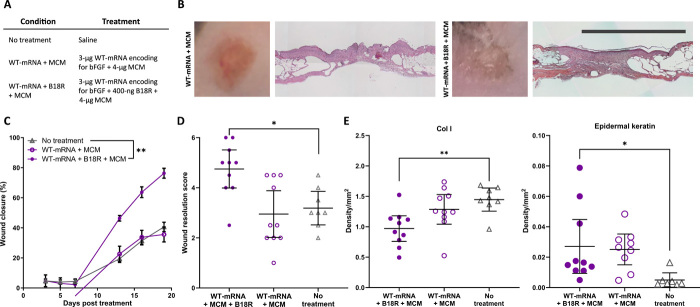Fig. 5. Codelivery of B18R via MCMs increases wound closure rate and improves final wound resolution with WT-mRNA treatment.
(A) Table of treatment groups. (B) Representative gross and histological images show improved wound closure and resolution for WT-mRNA delivered via MCMs with and without B18R. Scale bar, 5 mm. (C) Percent wound perimeter reduction versus time for wounds treated with WT-mRNA delivered via MCMs with and without B18R compared to no treatment. Mean closure and SE of n = 8 to 10 wounds. **P < 0.01 by two-way ANOVA with Dunnett’s post hoc analysis relative to the no-treatment control. (D) Scoring of H&E-stained wound cross sections shows that MCMs delivering WT-mRNA with, but not without, B18R improved wound resolution relative to no treatment. Mean score and 95% confidence interval of n = 8 to 10 wounds. *P < 0.05 by one-way ANOVA with Dunnett’s post hoc analysis relative to no treatment. (E) Analysis of epidermal keratin content by colorimetric analysis of Masson’s Trichrome and DAB density from immunohistochemistry for Col I. Mean intensity and 95% confidence interval of n = 8 wounds. *P < 0.05 and **P < 0.01 by one-way ANOVA with Dunnett’s post hoc analysis relative to no treatment.

